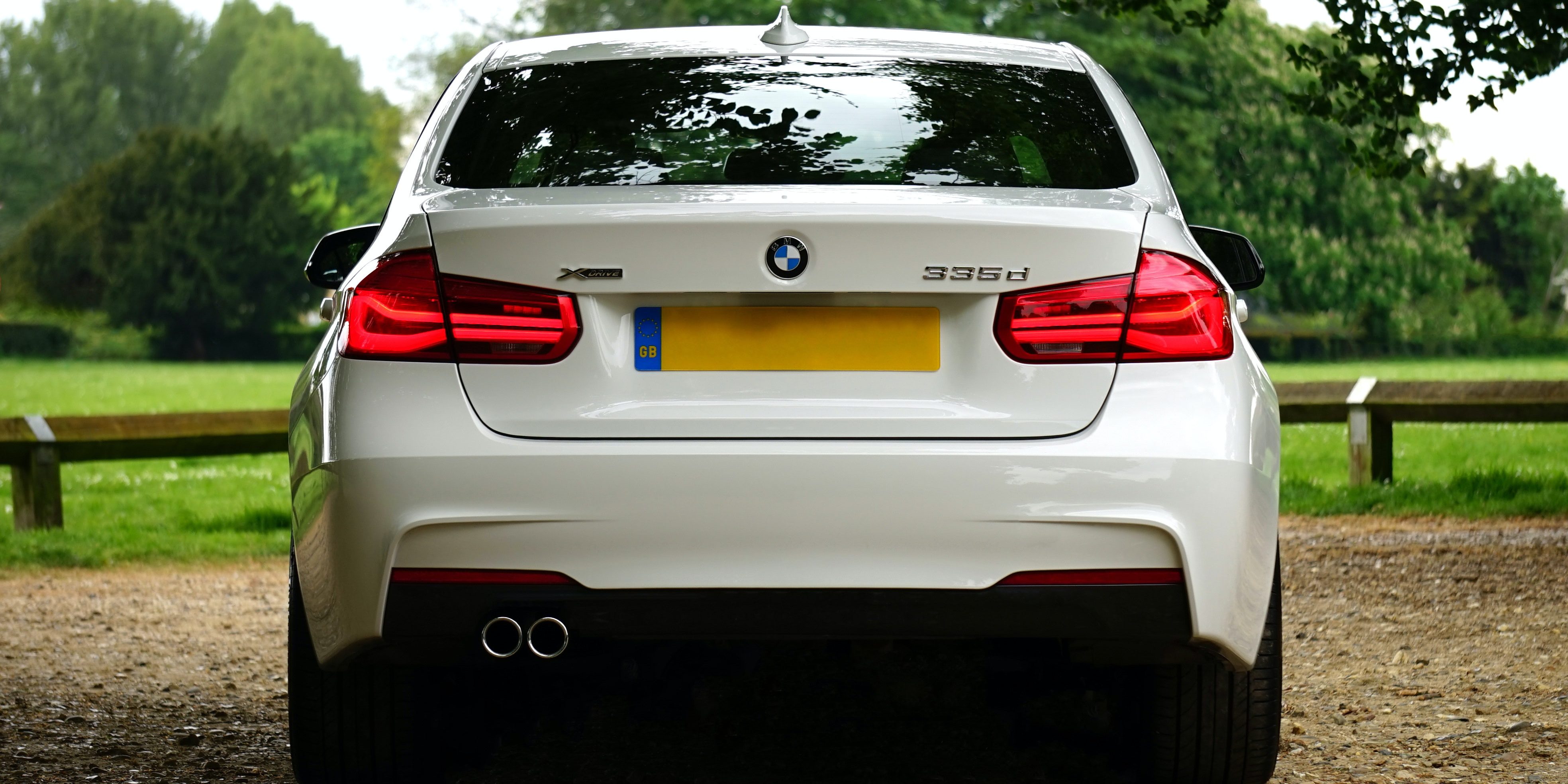Here’s some possible disappointments that could compromise both its performance and your safety.
“Storms do not discriminate between conventional and electric cars. Damage lurks beneath the surface, often escaping the naked eye,” says Dominic Wyatt, a seasoned expert from the International Drivers Association.
Water Intrusion
Regardless of whether your vehicle is propelled by petrol or electricity, water intrusion poses a significant risk to its functionality. “Water can wreak havoc on a car’s electrical systems, leading to corrosion, short circuits, and performance issues,” warns Wyatt. “In EVs, water intrusion into high-voltage components can lead to catastrophic failure.”
Engine Water Ingestion
Excessive rainfall may leave roads water-logged, and this accumulated water can infiltrate the engine, particularly the air intake system. For a regular car engine, water ingestion can cause hydro lock—an issue not applicable to electric cars.
Brake System Impairment
Storm debris may encroach on the braking system, silently hampering its performance. Wyatt illuminates, “A compromised brake system can screech to failure without warning. It’s a danger often overlooked but crucial to be cognizant of.”
Hidden Body Damages
Hidden beneath cosmetic damages may be more sinister structural sins. The storm’s high velocity winds and flying debris can subtly distort your vehicle’s body.
Electronics System Corruption
Both conventional and electric cars house complex electrical systems, which are susceptible to storm-induced damage. For EVs, compromises to the battery pose a particular risk.
Tyre and Wheel Damage
Storm debris can cause unseen tyre punctures or impair wheel alignment, posing significant driving hazards.
Being aware of potential unseen damages is the first step; proactive measures can help mitigate these dangers. Wyatt suggests the following steps:
1. Thorough Inspection: Make a post-storm habit of inspecting your vehicle meticulously, focusing on both visible and potential hidden damages.
2. Regular Maintenance: Routine servicing can detect and repair most storm-induced damages.
3. Roadway Prudence: Post-storm roads can be treacherous. Driving slowly and avoiding flooded areas can prevent substantial vehicle damage.
4. Insurance Cognizance: Regularly review your vehicle’s insurance policy. Ensure it covers storm damages, including the hidden ones.
5. Expert Intervention: A professional mechanic should inspect major concerns.
The aftermath of a storm often displaces the normalcy of our lives.
While visibly damaged vehicles are prioritised, it becomes critical not to overlook the silent sufferings of your car. When the storm clouds recede, remember to ensure the wellness of your vehicle, be it a classic petrol-fueled model or a modern EV.
The secrets they harbour might just hold the key to your uninterrupted, safe travels.



